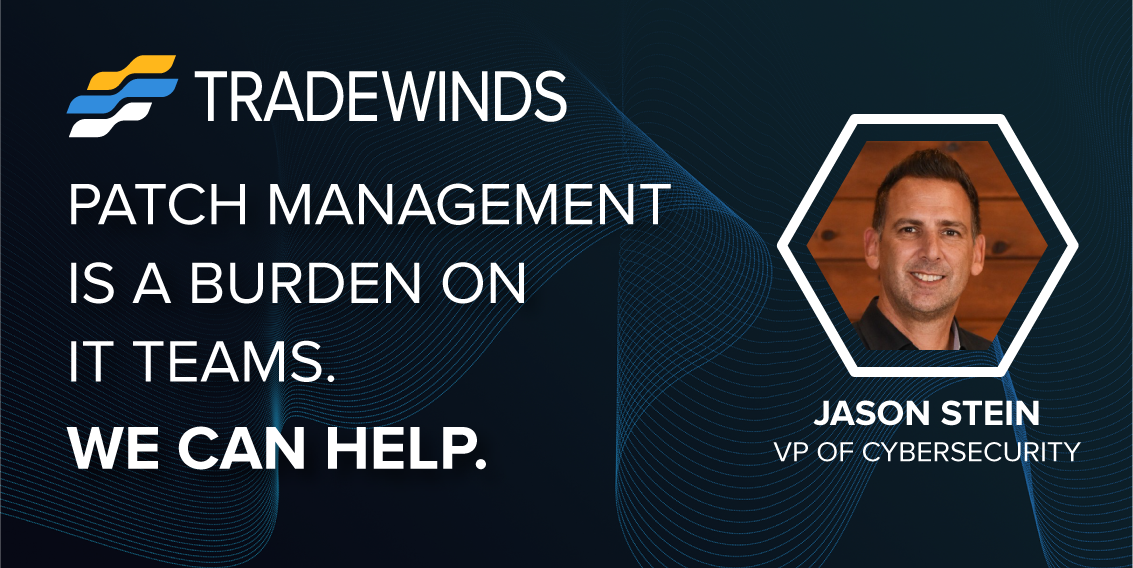 Distributing and applying updates to software is not only necessary but can also be a burden on IT teams. Patching can be time-consuming without an automated patch management system in place. Businesses must patch Cybersecurity updates as quickly as they come out. Without a good system, patching endpoints can take up a lot of IT employees’ time.
Distributing and applying updates to software is not only necessary but can also be a burden on IT teams. Patching can be time-consuming without an automated patch management system in place. Businesses must patch Cybersecurity updates as quickly as they come out. Without a good system, patching endpoints can take up a lot of IT employees’ time.
Why Is It Important?
There are a few key reasons why patch management is critical for businesses. It ensures that software and applications are running smoothly and are consistently kept up to date. With cyberattacks only continuing to rise, many companies must maintain the highest level of compliance. Lastly, it fixes vulnerabilities that commonly happen, which can lead to a reduction in security risk.
The Problem
A big problem in patch management is the volume of issues that come through. Each update needed for all of the patches can vary in the time it takes to fix or update them. It is also challenging to fully know that everything is up to date and secure, especially if you have many remote workers.
Yes, patch management is a burden, but only when businesses are not using an efficient program or system. A lack of deployment reports, unexpected patch failures, lack of mobile control, manual patching, and regulatory compliance requirements all play a part in burdening your IT team.
Benefits to Efficient Patch Management Program
The best benefit is that your customers are less burdened and happier when your product works. With a system in place, your customers can use your products or services without dealing with software bugs or hiccups. When your company is regularly patching problems and vulnerabilities, you are continuously reducing the risk of an unsecured environment. If your company is not keeping with the needed patching, there is a high possibility that you may run into unnecessary fines. A successful patch management system can help you keep your company compliance standards up with little to no added fines.
How We Can Help
There are plenty of steps that can be taken to take the burden off your IT team’s shoulders. For a simple start, implement an actionable incident response plan. Having a backup plan not only means you are prepared in case of a disaster, but it means that you can guarantee that your business will be up and running fairly quickly after an incident takes place.
Invest in security awareness training for your employees. Make sure that your company is all on the same page and recognize the importance of avoiding cyberattacks. Lastly, gain control of remote endpoints, and improve automating critical aspects of remote IT management. We have suppliers that offer the patch management services that customers need. It is time for companies to put manual patching in the past and find an efficient system that benefits their employees and customers.


